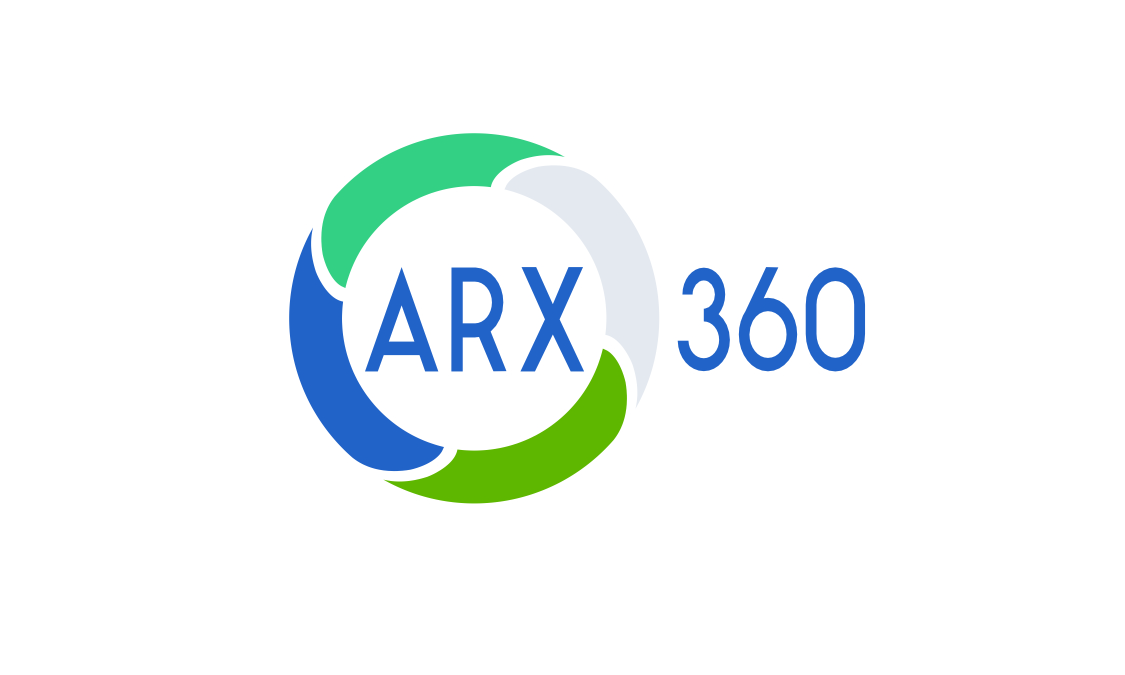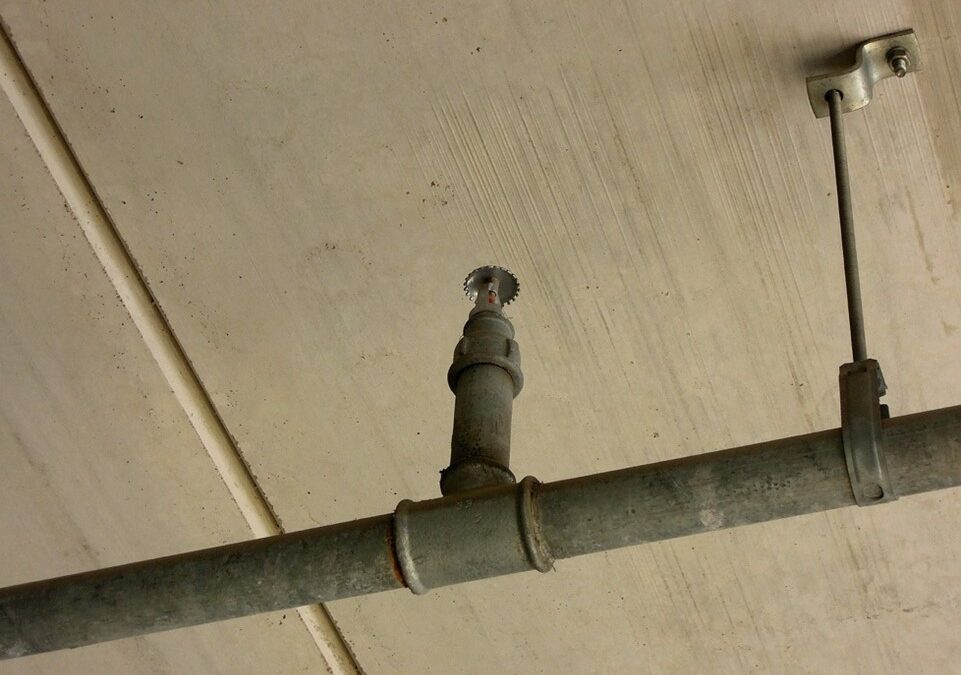Fire suppression systems are necessary to safeguard people and property from the life-threatening and property-damaging consequences of flames. There is a wide variety of alternatives available for them, ranging from conventional sprinklers to more innovative ones that make use of glassware, chemicals, or foam.

Choosing the appropriate method for putting out fires is paramount. An examination of the specifics of a variety of fire suppression systems is presented in this article, with a particular focus on the ways in which adapting these systems in relevant context can enhance both safety and operational efficiency.
Gaining an Understanding of Fire Fighting Systems
Fire suppression systems are necessary to protect both people and property from the dangers that are posed by fire. These systems are designed to fulfill the specific requirements of each area by utilizing a wide range of technologies, ranging from commercial sprinkler systems that use water to innovative setups that make use of glassware, chemicals, or foam.
There are active strategies that detect and put out fires, as well as passive methods, such as smoke curtains, that restrict the spread of fire and promote safety. Both types of techniques are included in these strategies. For providing individualized protection that is in accordance with environmental requirements and regulatory norms, an all-encompassing approach is essential.
Fire Suppression Systems and Their Associated Components
Fire suppression systems are designed with precision components to provide efficient fire management. Specifically, the detection mechanisms are responsible for recognizing fire signs such as smoke or high heat in order to commence the suppression process. These can range from straightforward smoke detectors to intricate heat sensors and infrared technology, all of which are designed to assist in the prompt and accurate identification of potential dangers.

The specific fire dangers of a place are taken into consideration while selecting firefighters to put out fires. For the suppression of flames in general, water is the most typical method. However, foam, gases (such as carbon dioxide or clean agents), and chemical compounds are utilized for more particular purposes, such as electrical fires or locations where water damage must be avoided. Each firefighter is selected to successfully put out fires while causing as little collateral damage as possible to the equipment and environment in the surrounding area.
For the purpose of effectively deploying suppression agents, activation systems are designed to either automatically deploy them upon the detection of a fire or to manually deploy them through a control mechanism. Automated systems provide a rapid response, which cuts down on the amount of time it takes to initiate suppression operations. Manual systems, on the other hand, provide operators control, which allows them to respond strategically in situations that are more complicated.
This all-encompassing configuration guarantees that fire suppression systems are prepared to respond in an efficient manner in order to safeguard lives and property against the likelihood of fire.

Fire Suppression Systems in Their Various Forms
Fire suppression systems are available in a variety of forms, each of which is suited to certain locations and types of flames, in order to handle a wide range of possibilities for fire hazards:
Gas Systems: Gas systems are ideal for preserving electronic equipment and papers because they swiftly extinguish flames without leaving residue or causing water damage. Gas systems use inert gasses or chemical agents to do this.
Wet Chemical Systems: These types dispense a solution that cools and smothers oil or fat fires to prevent re-ignition by providing a barrier between the flame and fuel. These systems are specifically designed for use in kitchen environments and are made to meet the specific needs of these situations.
Water Mist Systems: Suppressing fires and reducing water damage and consumption are the primary goals of water mist systems, which employ fine water sprays to accomplish these goals. Effective in a variety of contexts, they reduce the temperature of the fire and remove oxygen from the area where it is burning.
Foam Deluge Systems: These systems are designed for locations that have a high danger of fire, such as those that store volatile liquids. They blanket the fire with foam in order to cut off the oxygen supply and swiftly put out the flames.
Dry Chemical Systems: Dry chemical systems are able to effectively put out fires by employing powder-based agents, which are particularly useful for putting out fires that include flammable liquids. The chemical reaction that is causing the fire to burn is halted, and the fire is swiftly put out without causing any damage to the sensitive equipment.

How to Determine Which System Is Appropriate for Your Building
In order to choose the most suitable fire suppression system, it is necessary to have a thorough grasp of the specific requirements of your structure, the characteristics of the materials contained within it, and the legislation that govern fire safety in your area. Through its expertise in the design of individualized fire prevention methods, Smoke Guard guarantees that both active and passive systems are integrated in the most effective manner possible, so ensuring total safety.
Gas Systems: Gas systems are ideal for preserving electronic equipment and papers because they swiftly extinguish flames without leaving residue or causing water damage. Gas systems use inert gasses or chemical agents to do this.
Wet Chemical Systems: These types dispense a solution that cools and smothers oil or fat fires to prevent re-ignition by providing a barrier between the flame and fuel. These systems are specifically designed for use in kitchen environments and are made to meet the specific needs of these situations.
Water Mist Systems: Suppressing fires and reducing water damage and consumption are the primary goals of water mist systems, which employ fine water sprays to accomplish these goals. Effective in a variety of contexts, they reduce the temperature of the fire and remove oxygen from the area where it is burning.
Foam Deluge Systems: These systems are designed for locations that have a high danger of fire, such as those that store volatile liquids. They blanket the fire with foam in order to cut off the oxygen supply and swiftly put out the flames.
Dry Chemical Systems: Dry chemical systems are able to effectively put out fires by employing powder-based agents, which are particularly useful for putting out fires that include flammable liquids. The chemical reaction that is causing the fire to burn is halted, and the fire is swiftly put out without causing any damage to the sensitive equipment.

Different Types of Fire Suppression Systems: Manual or Automatic?
Choosing between automatic and manual fire suppression systems is an essential step in ensuring that fire safety measures are successful.
Manual systems are those that require human intervention in order to be activated. These systems provide accuracy and control in situations where it is important, such as in areas that contain valuable assets or where there is a possibility of frequent false alarms.
Upon the detection of a fire, automatic systems immediately activate in order to give a rapid reaction, which is exceptionally important for areas that do not have regular surveillance.
In order to make a choice that is well-informed, it is necessary to evaluate the specific requirements of each setting in order to find a middle ground between the need for human oversight and the need for prompt action.
Conditions for Installation and Preventative Maintenance
The efficiency of a fire suppression system is dependent on the installation being performed by a professional and on the system being maintained on a regular basis. It is essential for both safety and compliance that you make certain that your system is constantly in the best possible shape. In addition to having installed more than 80,000 systems all around the world, Smoke Guard is able to give you with the specialist information you want in order to make the best decision for your application.
Considerations Regarding Legality and Safety
The National Fire Protection Association (NFPA) is responsible for establishing standards on fire safety, and it is imperative that these regulations be adhered to. The selection and installation of fire suppression systems that are in accordance with NFPA regulations can be coordinated with the assistance of professional assessments.
Read more in our other blogs where we answer common questions about sprinkler systems and project issues we have dealt with over the years on a variety of project types and conditions.

